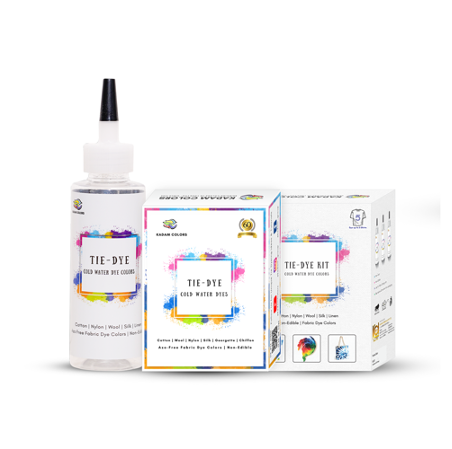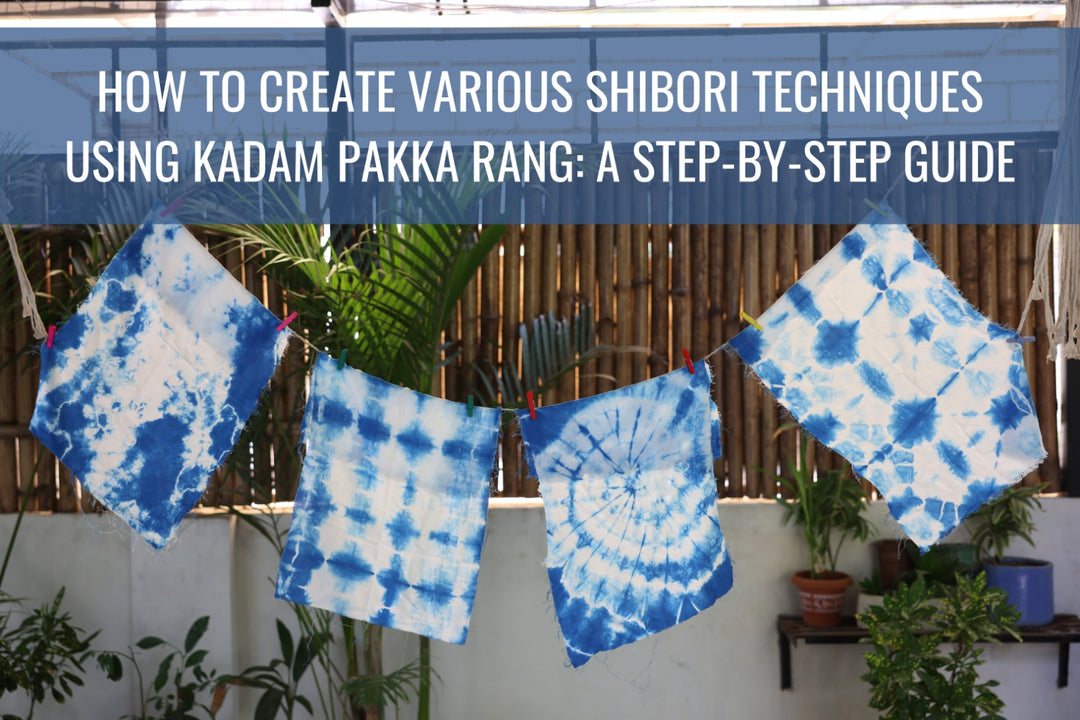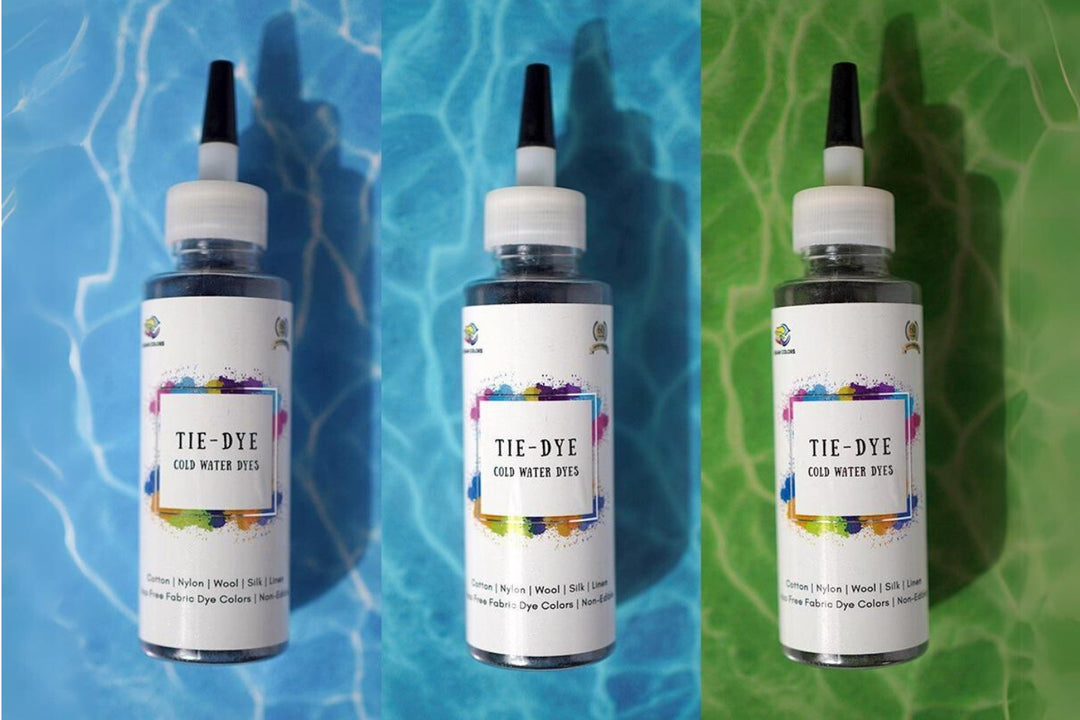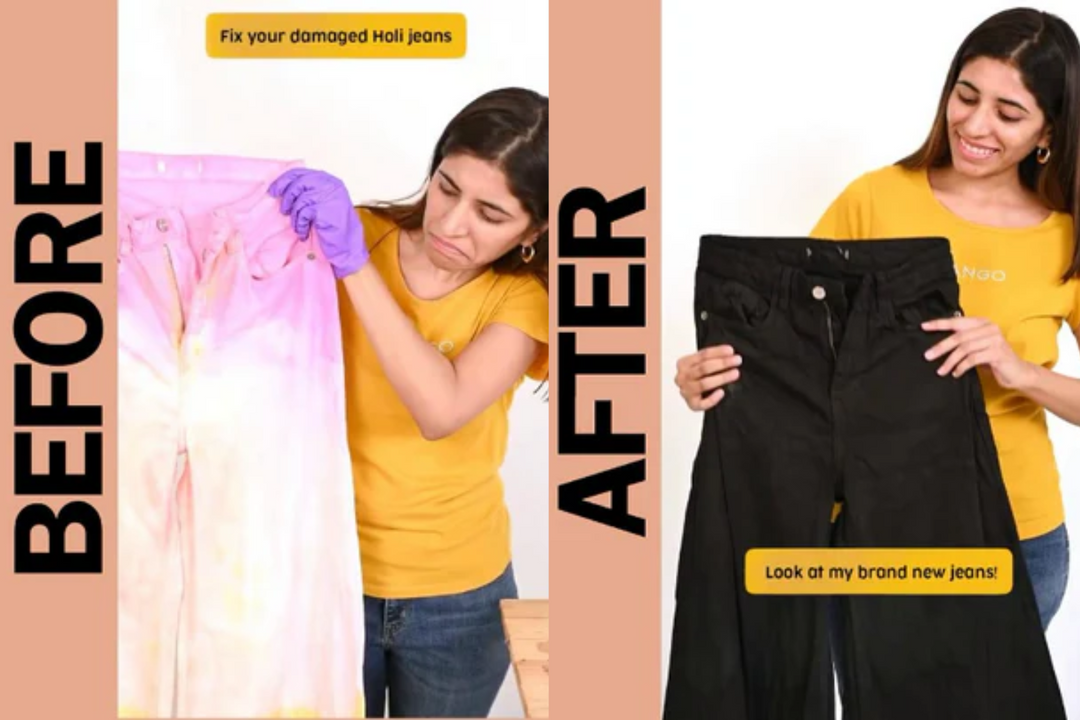How to Choose Between Hot Water Dye vs. Cold Water Dye

With the advancement of technology and chemistry, we now have a wide variety of fabric dyeing processes, out of which, the two most common methods are Hot Water Dye and Cold Water Dye. Choosing between hot water dye and cold water dye can be a pivotal decision when it comes to fabric dyeing. Both methods have their advantages and limitations, which makes it important to understand the differences before proceeding and achieving the desired results.
Understanding Hot Water Dye Vs. Cold Water Dye:
Hot water dyeing and cold water dyeing are two distinct methods used for fabric dyeing, each consisting of its unique characteristics and applications. To make any decision about which type of dye to use, it's important to understand the fundamental differences between hot water dye and cold water dye.
-
Hot Water Dye:
Hot water dye, as the name itself suggests, requires heat to activate and set the dye molecules into the fabric. These dyes typically come in powder form and are activated when mixed with hot water. The heat opens up the fibers of the fabric, allowing the dye molecules to penetrate deeply and bond with the material. Hot water dye is preferred for vibrant and intense colors, and fabrics that can withstand the heat required.

-
Cold Water Dye:
Cold water dye, on the other hand, does not require heat to set the color. Cold water dyes are designed to bond with the fabric molecules at room temperature or comparatively cooler temperatures. These dyes produce vibrant and nuanced shades and specialize when using multiple colors or layering techniques. Cold water dyes are preferred for when precise color control is desired to allow more gradual color development and blending.

Hot Water Dye Vs. Cold Water Dye:
-
Assess Fabric Dye:
It's important to know the type of fabric dye before diving into the specifics of hot water dye vs. cold water dye. Fabric dyes are formulated differently with their chemical composition and intended application, so it is crucial to get familiarized with their characteristics. Some dyes require heat activation to set the color, while some are designed to work effectively at room temperature. Assess the characteristics of the fabric dye to ensure optimal results and prevent any unwanted damage or discoloration.
-
Temperature Sensitivity:
One of the most significant differences between hot water dye vs. cold water dye is their temperature sensitivity. Hot water dye requires the use of temperatures to activate the dye molecules and is ideal for fabrics that can withstand high temperatures without shrinking or distorting. It's necessary to be cautious when dyeing delicate or heat-sensitive fabrics with hot water dye, as excessive heat can cause damage. Whereas, cold water dye is formulated to work at room temperature or slightly above, which makes it safer for fabrics that are heat sensitive. Cold water dyeing involves soaking the fabric in a dyebath for an extended period and allo the gradual color penetration. Consider the temperature sensibility of the fabric to achieve results without compromising its integrity.
-
Consider Color Intensity:
Another factor to consider when choosing between hot water dye and cold water dye is the desired color intensity of your final result. Hot water dyeing tends to result in more intense and saturated colors due to its high temperature. On the other hand, Cold water dye produces softer and more muted tones, because of its lower temperature, it requires longer soaking times to achieve the desired intensity. Opt for hot water dyes for bold and vibrant colors, and for a softer and more subtle look, look out for cold water dyes. Consider the aesthetic effect that you're aiming for when deciding between the two dyes, while both can result in beautiful and vibrant hues.
- Evaluate Dyeing Techniques:
The choice between hot water dye and cold water dye also depends on the specific dyeing techniques that are employed. Hot water dyeing requires immersing the fabric in a dye bath that is heated to a specific temperature and followed by rinsing and washing to set the color, well-suited for achieving uniform and consistent results across the desired fabric. Cold water dyeing involves techniques such as tie-dye or dip-dye, where the dye is applied directly to the fabric without the need for heat. Consider the specific dyeing techniques associated with hot water dye and cold water dye when making your decision. Experimenting with different techniques can help in discovering new possibilities.
-
Consider Time Constraints:
Time is an important factor in any dyeing method, and the decision-making between hot water dye vs. cold water dye. Hot water dyeing requires less time to achieve vibrant and consistent results, making it ideal for tight deadlines. The high temperature accelerates the dyeing process, allowing you to achieve beautiful colors in a relatively short amount of time. Whereas, if you are willing to invest time in a slower dyeing process, cold water dyeing yields stunning results. It may take longer for colors to develop, but the gentle and gradual nature of cold water dyeing can result in unique and nuanced color variations. Time constraint is an important factor to be considered for choosing hot water dye and cold water dye to achieve the desired result within the available time frame.
-
Gather Equipment and Supplies:
Before starting with the dyeing process, it's essential to gather all the necessary equipment and supplies. Hot water dyeing requires a large pot or dyeing vessel capable of withstanding high temperature, heat-resistant gloves, and utensils for handling the hot dye bath. Ensure to have appropriate protective gear such as gloves and aprons to prevent burns and splashes. Cold water dyeing requires a separate set of tools, including a big plastic container or a bucket for the dye bath to prevent any spills or splashes. Cold water dyes involve no heat and fewer safety hazards, making them more accessible for beginners or those with limited equipment. Make the use of a quality fabric that can formulate for both hot water and cold water use, as well as the different dyeing methods.
Choosing between hot water dye vs. cold water dye depends on these important factors. By understanding the characteristics of each dyeing method and following a systematic approach, select the most suitable option for your projects. Don't be afraid to push the boundaries, mix techniques, and explore unconventional approaches. So get your dye, seize the moment, and embark on a journey of endless inspiration, creativity, and possibility. By carefully assessing these factors weighing the pros and cons of each method, and making an informed decision that ensures successful vibrant results.






